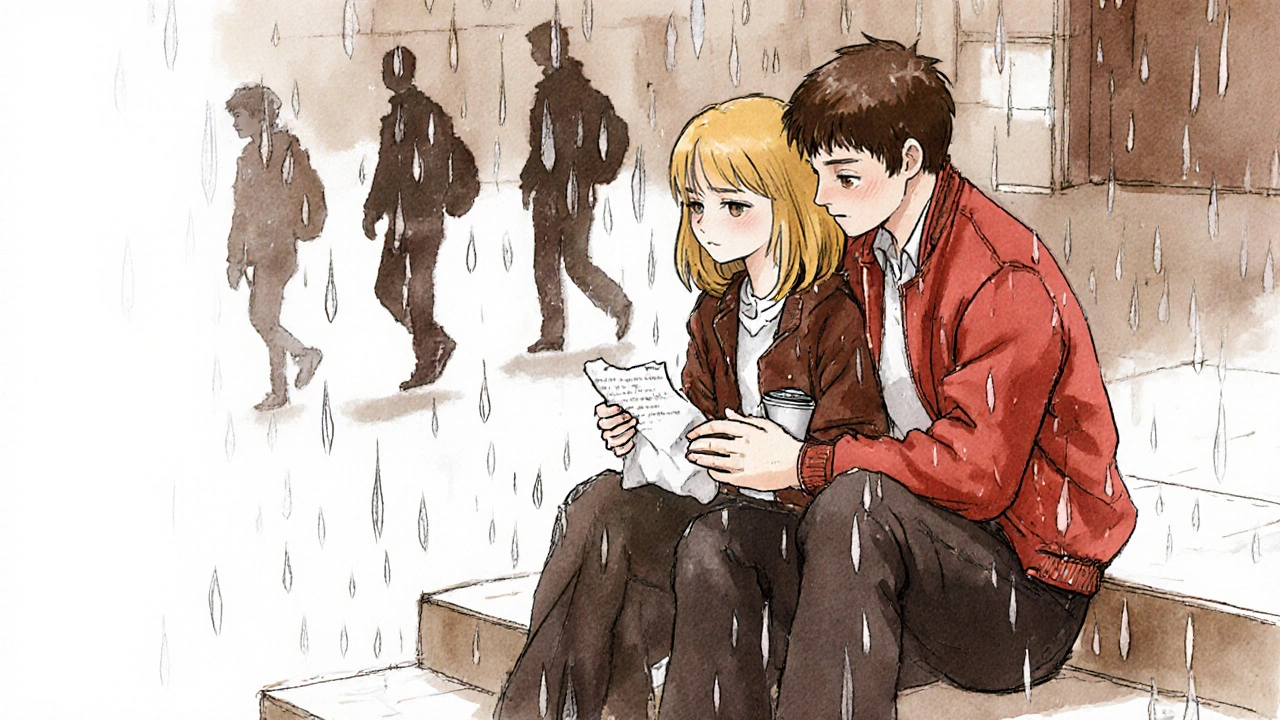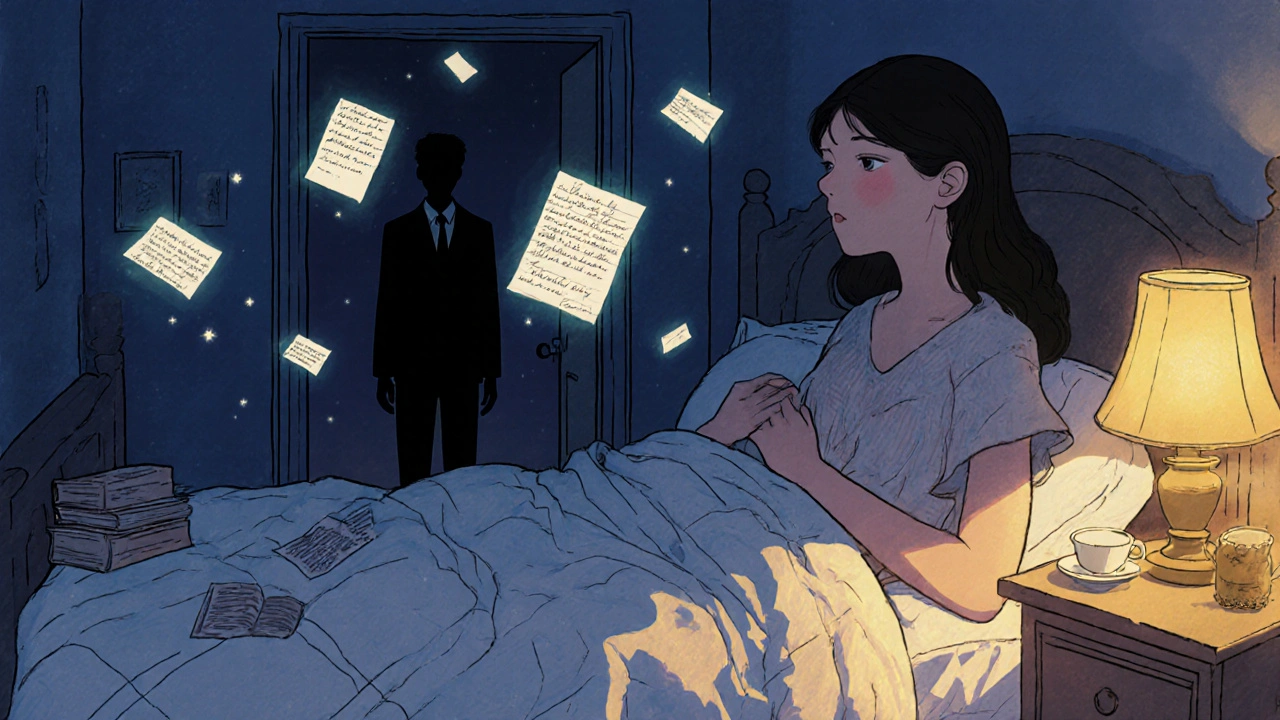Teen romance films don’t just fade away with the season. Some stick around-long after the hype dies, long after the actors move on to bigger roles. They become part of the fabric of how we remember growing up, first kisses, and the messy, beautiful chaos of high school love. From the polished perfection of Clueless to the quiet intimacy of To All the Boys I’ve Loved Before, these films didn’t just entertain. They made us feel seen.
Clueless: The Blueprint for Teen Romance
Clueless (1995) didn’t invent the teen romance, but it redefined it. Set in the glittering, pastel world of Beverly Hills high school, it took Jane Austen’s Emma and dropped it into a world of plaid skirts, cell phones the size of bricks, and a protagonist who thought she had life figured out-until she didn’t. Cher Horowitz, played by Alicia Silverstone, wasn’t just a fashion icon. She was a flawed, funny, deeply human teenager learning that love doesn’t come with a matching set of shoes.The film’s secret? It treated its characters like real people, not stereotypes. Cher wasn’t shallow-she was distracted. Josh wasn’t boring-he was the only one paying attention. The love story wasn’t about grand gestures. It was about realizing someone’s been there all along, even when you were too busy to notice. That’s why, 30 years later, people still quote it. "As if." Still works.
10 Things I Hate About You: Shakespeare in a High School Cafeteria
If Clueless was about self-discovery, 10 Things I Hate About You (1999) was about rebellion wrapped in a rom-com bow. Based on Shakespeare’s The Taming of the Shrew, it turned a classic tale of control and submission into a story about mutual respect and quiet courage. Heath Ledger’s Patrick Verona didn’t win Kat Stratford with charm-he won her by refusing to play the game.Kat, played by Julia Stiles, wasn’t the girl who needed fixing. She was the girl who’d been hurt too many times to trust easily. Patrick didn’t charm her with poetry-he showed up, listened, and didn’t flinch when she pushed him away. Their romance didn’t end with a promposal. It ended with a handwritten note and a shared silence that said more than any speech ever could.
It’s no wonder this film became a cult classic. It didn’t sugarcoat teen love. It showed that real connection isn’t about popularity-it’s about seeing someone, truly seeing them, and choosing to stay anyway.
The Princess Diaries: Love, Identity, and Royal Responsibility
Not every teen romance is about the boy next door. The Princess Diaries (2001) gave us Mia Thermopolis, a shy, awkward girl who discovers she’s a princess-and suddenly, the world expects her to be someone else. Her love story isn’t with the handsome prince, but with herself.Michael Moscovitz, played by Chris Pine, wasn’t the typical love interest. He was the quiet guy who made her laugh, who didn’t care about her title, who saw her before she even knew who she was. Their relationship wasn’t about grand romance. It was about small moments: shared fries, awkward glances, and the courage to say, "I’m not ready."
What made this film endure? It didn’t promise a fairy tale. It promised growth. And that’s what teens need to see: that love isn’t about changing who you are to fit someone else’s idea of perfect. It’s about finding someone who loves you exactly as you are-even if you still have grease on your jeans.

Easy A: The Girl Who Didn’t Need a Boy to Be Heroic
Easy A (2010) flipped the script on teen romances. Olive Penderghast didn’t fall in love because she needed saving. She fell in love because she finally stopped pretending.Played by Emma Stone, Olive was smart, sarcastic, and deeply aware of how people saw her. When she lied about losing her virginity to avoid gossip, she thought she was in control. But the lie grew. And with it, the pressure to perform. Her real romance wasn’t with the boy she pretended to date-it was with the boy who saw through it all. Tanner, played by Dan Byrd, didn’t try to fix her. He just asked, "Why are you doing this?"
The film’s ending wasn’t a kiss under the bleachers. It was Olive walking into school, owning her story, and choosing honesty over approval. The boy she loved? He was right there, waiting-not because he was her reward, but because he was her match.
To All the Boys I’ve Loved Before: Letters, Lies, and Quiet Love
Fast forward to 2018, and To All the Boys I’ve Loved Before brought teen romance into the digital age. Lara Jean Covey wrote love letters to five boys-never meant to be sent. Then, they were. And suddenly, her quiet inner world collided with reality.What made this film different? It didn’t rely on dramatic misunderstandings or last-minute races to the airport. The tension came from something quieter: fear. Fear of being exposed. Fear of rejection. Fear that the person you like might not feel the same. Peter Kavinsky, played by Noah Centineo, didn’t sweep her off her feet-he sat beside her in silence, handed her a tissue, and asked, "Do you want to be my girlfriend?"
The film’s magic was in its realism. No over-the-top parties. No evil exes. Just two teenagers figuring out how to be honest-with each other, and with themselves. It wasn’t perfect. But that’s why it stuck. It showed that love doesn’t need fireworks. Sometimes, it just needs a handwritten note and the courage to send it.

Why These Films Last
What do Clueless, 10 Things I Hate About You, and To All the Boys have in common? They all treat teen love as something real-not a punchline, not a plot device, not a backdrop for fashion montages.They understand that teenage romance isn’t about grand declarations. It’s about:
- Being seen when you feel invisible
- Finding someone who doesn’t try to change you
- Learning that vulnerability isn’t weakness
- Realizing that the person you love might be the one you’ve been ignoring
- Choosing honesty over popularity
These films didn’t just capture the mood of their time. They captured the truth of growing up. And that’s why, decades later, a 15-year-old in Tokyo, a 22-year-old in Dublin, or a 40-year-old in Chicago still finds themselves watching them-quietly, with a lump in their throat-because they remember what it felt like to be young, unsure, and desperately hoping someone would love them just as they were.
What Makes a Teen Romance Endure?
Not every film with a high school setting lasts. So why do these? Because they avoid the traps most teen romances fall into:- No villainous exes who ruin everything
- No last-minute rescues
- No magical transformations
- No characters who suddenly become someone else to win love
Instead, they show love as something earned-not given. As something that grows in the quiet spaces between words. As something that doesn’t need a soundtrack to matter.
The best teen romances don’t promise happily ever after. They promise something better: the quiet certainty that you’re not alone.
Why are teen romance films still popular today?
Teen romance films remain popular because they tap into universal emotions-first love, self-discovery, and the fear of being misunderstood. Even as fashion, technology, and social norms change, the core feelings of adolescence don’t. Viewers still connect with characters who feel out of place, hope for acceptance, and learn that love isn’t about perfection-it’s about being seen.
What’s the difference between classic and modern teen romances?
Classic teen romances like Clueless and 10 Things I Hate About You often used satire and exaggerated settings to highlight emotional truths. Modern ones like To All the Boys focus on quiet realism, internal conflict, and authentic dialogue. Where older films used humor and style to mask vulnerability, newer ones let vulnerability drive the story.
Are teen romance films just for teenagers?
No. While they’re set in high school, these films speak to anyone who’s ever felt unsure, overlooked, or hopeful. Adults watch them not for nostalgia, but because they remind us of the raw honesty of youth-the kind of feeling we often lose as we grow older. That’s why they’re rewatched by people in their 30s, 40s, and beyond.
Why do so many teen romances borrow from Shakespeare or Jane Austen?
Shakespeare and Austen wrote about human behavior-miscommunication, class, pride, and misunderstanding-that still rings true today. Teen romances adapt those stories because they’re timeless. A girl pretending not to like someone? That’s Emma. A stubborn woman falling for the one guy who won’t chase her? That’s The Taming of the Shrew. These stories work because they’re not about the setting-they’re about the heart.
Which teen romance film should I watch if I want something real, not cliché?
Watch Easy A. It’s sharp, funny, and doesn’t romanticize teen life. Olive doesn’t get saved by love-she saves herself. The romance is secondary to her journey of self-acceptance. It’s the rare teen film where the love story feels like a natural outcome of personal growth, not the other way around.

